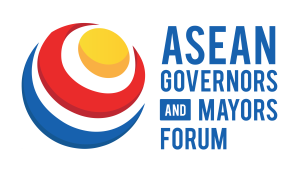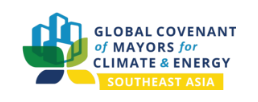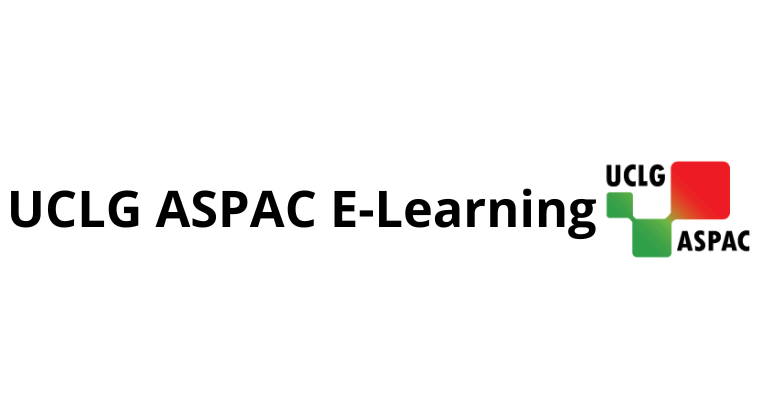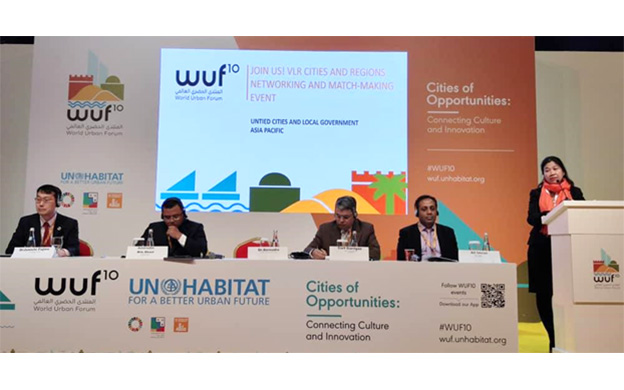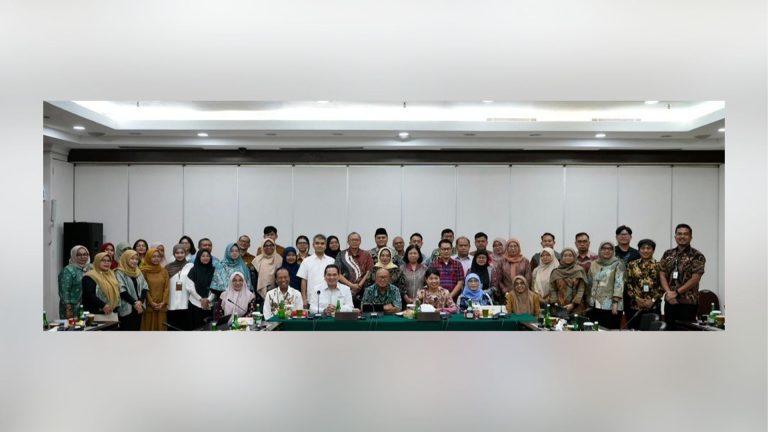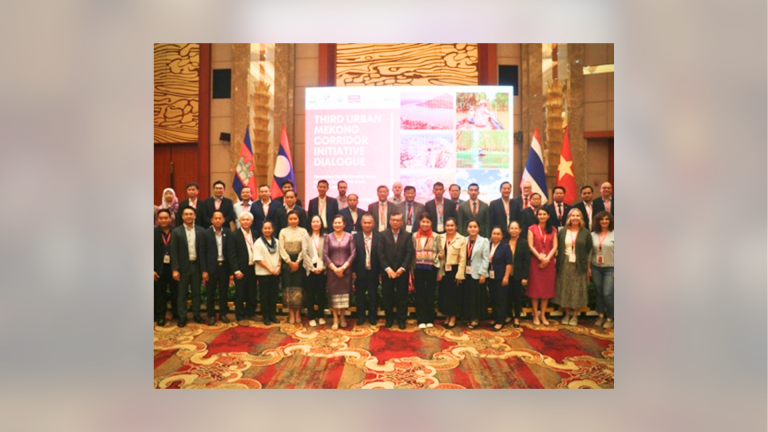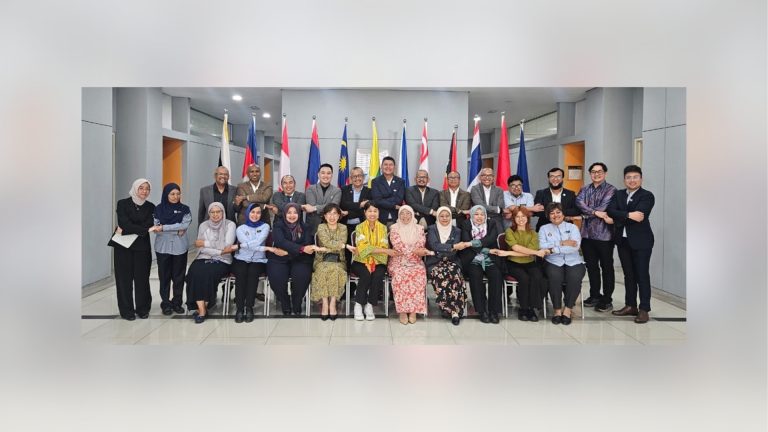8-13 February 2020 | ABU DHABI – UCLG ASPAC, together with the partners namely: UNESCAP, IGES, and the Cities of Barcelona, New Taipei, and Kitakyushu, jointly organised a Voluntary Local Review (VLR) networking and match-making event at the 10th World Urban Forum (WUF) in Abu Dhabi, UAE. The main objective of the session was to connect cities, regions, and partners working on VLR or Voluntary National Reviews (VNR), from around the world. The event provided an opportunity to discuss challenges, opportunities and possible solutions to be implemented in the regions, cities and towns.
The session was divided into two phases. In the first phase, Secretary General of UCLG ASPAC, Chief Urban Development of UNESCAP, Principal Researcher of IGES and Chief Minister of Selangor, Malaysia spoke on the need and importance of inclusive and transformative development. The panel highlighted the ways through which cities are better able to achieve the 2030 Agenda. In the second phase, the Cities of Barcelona, New Taipei and Kitakyushu shared their experiences of developing voluntary local review and using 2030 Agenda as a policy and planning tool.
UCLG ASPAC Secretary General Dr. Bernadia Irawati Tjandradewi highlighted that the Cities and Local Governments are playing very important role in the localisation of SDGs. Almost 65 percent of the SDGs targets must be completed at the local level. She stressed that if the local governments are not engaged, it shall be difficult to achieve the SDGs. She said that the ultimate objective of SDGs is “happiness” which comes with the quality of life and we should all work together to achieve it.
She also highlighted that UCLG ASPAC has done a study to monitor the inputs and contribution from the local governments in the VNR and it is unfortunate that less than 50 percent countries have engaged or took the perspective of local governments in developing their VNRs. This is quite challenging because we already rely on local government’s important role, but they are not being engaged in the process. This made some cities to come up with their own VLR. So far, around 22 cities or local governments have produced their VLRs and shared it at the High-Level Political Forum (HLPF). More cities are expressing their interest to develop the VLRs. Given the need and importance of VLR, UCLG ASPAC with its partners IGES and UNESCAP is providing technical assistance to cities to develop VLRs. UCLG ASPAC is implementing two programmes in Indonesia and Pakistan to localise SDGs and support its members for their contributions to VNR. She stressed the need of taking the local culture and sub-national context into account, while localising the 2030 Agenda.
Mr. Curt Garrigan, Chief of Urban Development, UNESCAP said that cities are facing several issues in terms of reporting. The main issue is that Global Agenda transfers many responsibilities to the local governments with limited inputs from them. For example, there are very few local governments who were part of negotiation to the Paris Climate Agreement or the 2030 Agenda. We need to break down the barriers between the national government and local governments. There lies a big communication gap between them, which creates a dire need of establishing communication protocols vertically and horizontally. We need to improve the upward communication within departments and government structures and levels.
Secondly, VLRs are expected to contribute to and make VNRs richer and more robust at the national level. It can be achieved through cross communication between ministries and departments. The focus should be on reporting what national and local governments are doing in concise manner. UNESCAP is providing guidelines to the governments across the region on VNR. It is important that more and more stakeholders should be engaged to have multiple inputs in developing VLRs and VNRs.
Dr. Junichi Fujino, Principal Researcher of IGES said that this is a kind of fast movement which is transforming towns and cities. He said that cities have the potential and qualities to produce good report but sometimes they do not have enough resources or time to prepare the progress report. It is important that cities have some collaboration with institute like IGES, any other orgnisations or universities to develop their VLRs.
Dr. Amirudin bin Shari, Chief Minister of Selangor of Malaysia, termed SDGs as a social contract between the world leaders and the people. He said that 2030 Agenda captures the imagination of both domestic and international political leaders. He said that the allocation of resources is vital in achieving the development targets for states and cities. He referred to Selangor and said that the sustainability must be interpreted through state policies and actions. Selangor state has developed its 5-years strategic plan and one of its agenda is to create liveable cities. The state of Selangor is putting emphasis on Goal 16 related to Peace, Justice and Strong Institutions. He said that the State assembly doesn’t become elite but encourages a two-way communication with the people through communities. The government develop their plans through community’s support to make sure that they have a proper check and balance at their administration. According to him, good governance and less corruption are main pillars of Selangor administration. He highlighted about the 45 initiatives which his government took to implement SDGs.
In the second phase of the session, Mr. Edgardo Bilsky from UCLG World highlighted the need and importance of presenting examples of how cities can measure the progress on SDGs. He shared that at the global level, cities are having interest to develop the VLRs. Over 30 cities from all regions have already done their VLRs which includes 12 from the EU, 9 from Latin America, 9 from Asia, and 4 from Africa. The cities of all sizes, as big as Mexico and New York, medium sized Helsinki and small town like Shimokawa (who has the population of just 3,000) have developed and submitted their VLRs.
Mr. Masanori Nakagawa, Executive Director Environment Bureau, Kitakyushu said that the localisation of SDGs is very important and Kitakyushu, a city of one million, has strong political will to implement SDGs. The city which has been considered worst polluted in 1960’s was able to become a clean city by the movement of the citizens, especially woman. Now, the city is declared as one of the best and modern SDGs City, who presented its first VLR during the HLPF 2018 at New York. He said that the VLR provides two major outcomes: communicating cities message to international community and self-check about the city situation. The SDGs framework can be used to raise awareness, conduct situational analysis and build strong partnerships. As a result of VLRs by Japanese cities, the Federal Government of Japan brought changes to their development framework.
Ms. Chingyu Yao, Director General, New Taipei City Government Secretariat, said that her city was able to conduct VLR, with the internal support of the secretariat. The VLR was developed through Mayor’s vision of people centric development, with an aim of low carbon, thriving and liveable city. She said that she got the concept of VLR through attending one of the UCLG ASPAC meetings and then she decided to discuss it with her Secretariat to develop a report for her city. The VLR was prepared with an inclusive approach and citizen’s feedback was taken through digital means. She said that all Goals are important, but New Taipei considered Goal 11 as one of the most critical goal and reported on all 7 sub-goals. She said that the social welfare department, with least resources, was able to contribute to the achievement of the Goal 5 on gender equality. She highlighted the need and importance of data collection and shared her experience about how the New Taipei was able to do Corona Virus preparedness for elders because of a comprehensive and efficient data base.
Mr. Miquel Rodriguez, Commission for 2030 Agenda, City Council of Barcelona said that the city made an analysis and found that all 17 SDGs related to their city plan. He said that some studies say that 65 per cent of the SDGs are related to LRGs but in case of Barcelona, the 80 per cent of SDGs are directly related to the city. He shared the example of achieving SDG 1.1 by providing basic food facility to 2,000 homeless in the Barcelona city.
He said that VLRs are the best tool to measure the gap in terms of where we are and where we want to go. The VLR has provided an opportunity to the city to prioritise the need and aligning budget with SDGs. He highlighted the need and importance of partnership between cities and with various other stakeholders. He said that SDGs methodology should be work in progress and we should have a decade of actions to achieve the Global Agenda.
At the end of the session, Dr. Bernadia congratulated cities for their work on VLRs and stressed the need and importance of data and financing in localisation and achievement of SDGs.

